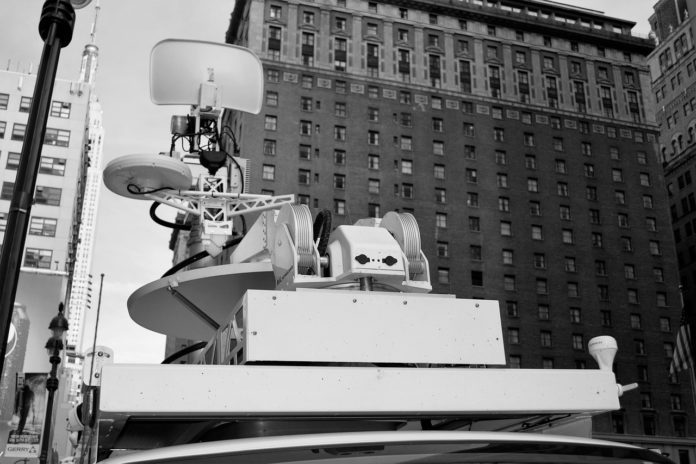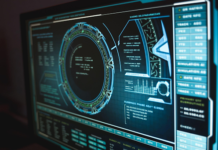A single-node cluster of n servers
A 2-server cluster of m servers
An n-server cluster of m servers
The configuration illustrated by the first sketch is a single-node cluster of n servers. The second sketch illustrates a 2-server cluster with a total of m nodes. The third configuration is an n server, where all the nodes are connected in a network using Ethernet cables. The last diagram represents an actual network that would be used in this problem.
The correct answer for this question is:
The 4th diagram, which represents an actual network that would be used in this problem.
The correct answer for this question is:
The correct answer for this problem is:
Textbook reference:
“Network + Computer Networks (8th Edition)” by W. Richard Stevens, Stephen Foskett, Brett Atkinson, and David J. Meyer.
“Internetworking with TCP/IP Second Edition” by Ramesh Govindan and George Varghese.
Since all servers can communicate with each other using the same network configuration, the administrator of each server would need to identify the IP addresses of all the other servers on the network. Each time the administrator of a server needs to communicate with another server, he must always use the IP address of the other server.
Even though both paths (path two and three) may be available to send data between two servers they cannot be used if one path is congested with traffic. This would cause a performance degradation at best or service outages at worst on all servers connected by that path. If a path becomes congested, it might be necessary for an administrator to find ways to reduce data traffic on that link or re-route data that is being sent over that link.
The question requires that the network is completely connected (the dotted lines represent wireless links). The answer will be either “no” or “yes”. The correct answer for this problem is: yes. There must always be at least one continuous path to send data between any two computers. The flow of data must not stop on any of the intermediate network segments. If it does, the network is not fully connected. The router at the right hand portion of the diagram is used to implement a wide area network (WAN).
“Network + Computer Networks (8th Edition)” by W. Richard Stevens, Stephen Foskett, Brett Atkinson, and David J. Meyer.
A hub includes a number of ports for attaching networks devices such as ethernet interface cards or other hubs (such as a repeater hub). Data traveling over one port is sent out all other ports of that hub. A switch can map traffic to different physical ports based on logical addresses in the data packets rather than on host addresses stored in an address table. Both hub and switch use ARP to map IP-addresses to physical device addresses.
“Internetworking with TCP/IP Second Edition” by Ramesh Govindan and George Varghese.
After a hub knows how to forward packets from one port to another, it still must find the next hop in the path from its own port to the desired destination port on another machine. The protocol used for this is called intermediate system addressing (ISATAP). Each router uses a link-local address (for example, FE80::22) that encodes the router’s MAC address. The ISATAP process does not change the IP header; it only maps logical addresses in data packets into network interface addresses .










